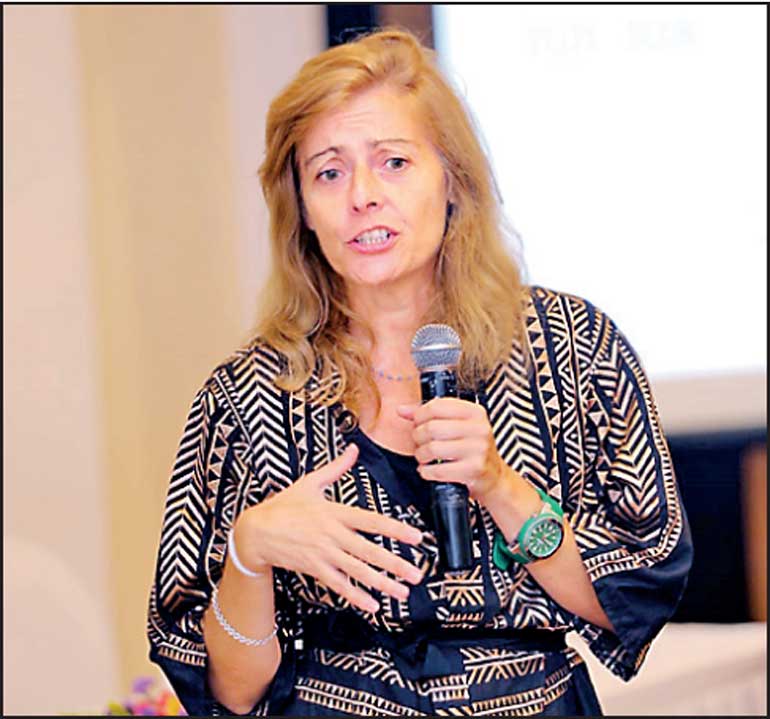Wednesday Nov 26, 2025
Wednesday Nov 26, 2025
Wednesday, 30 August 2023 00:34 - - {{hitsCtrl.values.hits}}

Laura Guercio

The Universities Network for Children in Armed Conflict and the Institute of Political Studies “S. Pio V”, supported by the Italian Ministry of Foreign Affairs and International Cooperation have organised a conference within the framework of the project ‘The National Action Plans (NAP) on UNSCR1325 and the impact of armed conflicts on children: a study and analysis of the International Universities Network.
The project aims to carry out qualitative and quantitative research and produce an insightful report, by geographical area, of the serious violations against children by armed conflict situations. The research also makes a valuable analysis of post-conflict reform, rehabilitation and reintegration of children affected by armed conflict and this is the critical path where UNSCR1325 can and should play a pivotal role.
Speaking about the objectives of this conference University of Perugia Professor of Sociology of Human Rights and International Cooperation to Development, University Cusano Rome International Relations Professor and the Vienna European Law Institute Council member Laura Guercio said: “The NAP is to create a narrative and collate ideas on how Resolution 1325 can impact and support the global movement to reduce the direct and indirect impacts of armed conflict on children. To achieve this, we must expand the understanding and impact of Resolution 1325 from its gender perspective to reach children affected by armed conflict as well as create a wider umbrella of sustainable peace building via the four pillars of Resolution 1325 – Participation, Protection, Prevention, and Relief and Recovery. The impact of armed conflict on children needs to deep dive into the areas.”
Armed conflict causes severe direct and indirect consequences for children and most often the indirect consequences are not addressed due to the grave nature of the direct consequences, which are broadly defined as death, injury, recruited as child soldiers and violence against children. The dire consequences of the indirect harm caused to children during the armed conflict have a lasting impact on these children due to the double-barrelled trauma such as gross violations of being abducted, forced removal from their families, illegal detention and recruitment as child soldiers. In addition, these children are also deprived of their fundamental rights to education, shelter, and the right to build a fruitful and holistic life.
The project will also include videos and a photo exhibition by two Italian photo reporters, Marzia Ferrone and Vittorio Alonzo, on the condition of children living in armed conflict and post-conflict.
This conference provided the opportunity to build a comparative analysis of NAP’s of selected Asian countries vis a vis the IV Italian Action Plan in accordance with Resolution 1325.